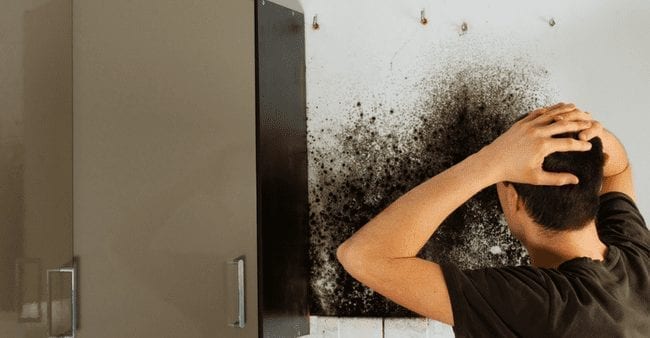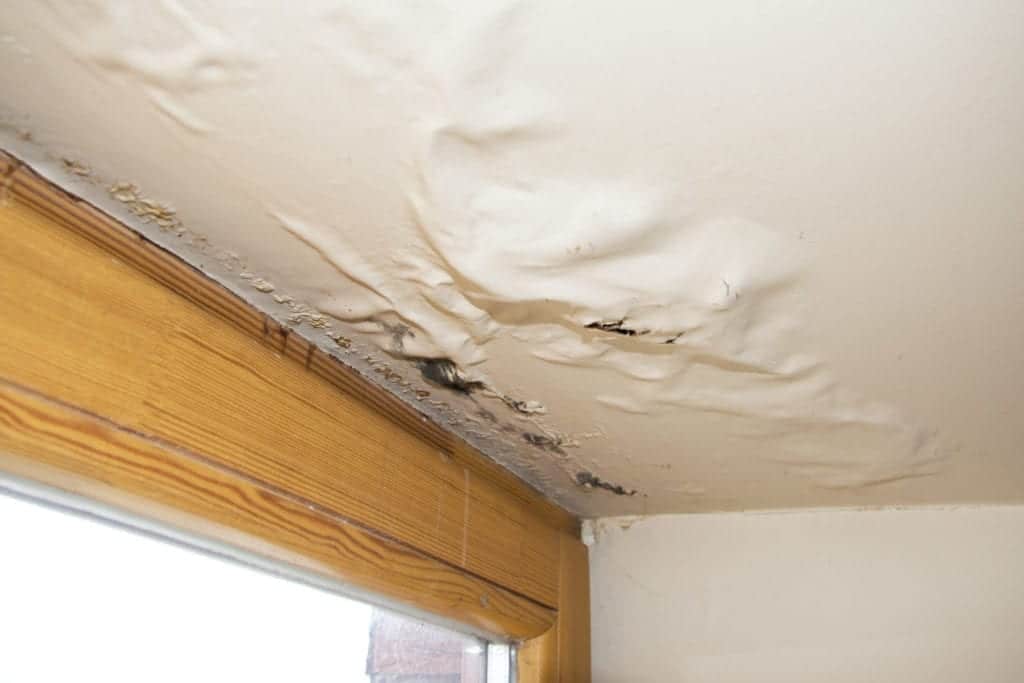Exactly how to Find and Repair Water Leaks-- A Comprehensive Overview
Exactly how to Find and Repair Water Leaks-- A Comprehensive Overview
Blog Article
Just about every person has got his or her own idea when it comes to Top leak detection hacks.

Early discovery of leaking water lines can mitigate a possible disaster. Some tiny water leakages might not be noticeable.
1. Check Out the Water Meter
Every house has a water meter. Examining it is a guaranteed way that aids you find leaks. For starters, switch off all the water resources. Ensure nobody will purge, utilize the tap, shower, run the cleaning machine or dishwashing machine. From there, most likely to the meter and also watch if it will change. Considering that no one is using it, there ought to be no motions. That shows a fast-moving leakage if it moves. Also, if you identify no changes, wait a hr or more and also examine back once again. This implies you may have a sluggish leakage that can also be below ground.
2. Inspect Water Usage
If you identify sudden modifications, despite your usage being the same, it means that you have leakages in your plumbing system. An abrupt spike in your costs indicates a fast-moving leak.
A consistent boost every month, even with the exact same practices, shows you have a slow-moving leakage that's additionally slowly rising. Call a plumber to completely check your residential or commercial property, especially if you feel a warm location on your flooring with piping beneath.
3. Do a Food Coloring Test
When it comes to water intake, 30% comes from toilets. If the shade somehow infiltrates your dish throughout that time without flushing, there's a leak between the storage tank as well as bowl.
4. Asses Outside Lines
Do not neglect to check your exterior water lines as well. Examination faucets by attaching a garden hose pipe. Ought to water permeate out of the connection, you have a loosened rubber gasket. Replace this and guarantee all links are limited. If you've got a sprinkler system, it will assist get it expertly analyzed and kept each year. One tiny leak can lose lots of water and surge your water bill.
5. Inspect as well as Evaluate the Circumstance
House owners should make it a practice to inspect under the sink counters as well as also inside cabinets for any kind of bad odor or mold development. These 2 red flags indicate a leakage so timely attention is needed. Doing routine assessments, even bi-annually, can save you from a major issue.
Inspect for discolorations and damaging as most devices and pipes have a life expectations. If you believe dripping water lines in your plumbing system, don't wait for it to escalate.
Early discovery of leaking water lines can mitigate a prospective disaster. Some small water leakages might not be noticeable. Examining it is a proven method that helps you discover leakages. One small leak can squander loads of water as well as spike your water costs.
If you suspect dripping water lines in your plumbing system, do not wait for it to rise.
WARNING SIGNS OF WATER LEAKAGE BEHIND THE WALL
PERSISTENT MUSTY ODORS
As water slowly drips from a leaky pipe inside the wall, flooring and sheetrock stay damp and develop an odor similar to wet cardboard. It generates a musty smell that can help you find hidden leaks.
MOLD IN UNUSUAL AREAS
Mold usually grows in wet areas like kitchens, baths and laundry rooms. If you spot the stuff on walls or baseboards in other rooms of the house, it’s a good indicator of undetected water leaks.
STAINS THAT GROW
When mold thrives around a leaky pipe, it sometimes takes hold on the inside surface of the affected wall. A growing stain on otherwise clean sheetrock is often your sign of a hidden plumbing problem.
PEELING OR BUBBLING WALLPAPER / PAINT
This clue is easy to miss in rooms that don’t get much use. When you see wallpaper separating along seams or paint bubbling or flaking off the wall, blame sheetrock that stays wet because of an undetected leak.
BUCKLED CEILINGS AND STAINED FLOORS
If ceilings or floors in bathrooms, kitchens or laundry areas develop structural problems, don’t rule out constant damp inside the walls. Wet sheetrock can affect adjacent framing, flooring and ceilings.
https://www.servicemasterbyzaba.com/blog/how-to-detect-water-leakage-in-walls/

I ran across that article about Leaking water lines while doing a search on the internet. Sharing is nice. Helping others is fun. Thank you for your time. Kindly check our blog back soon.
Report this page